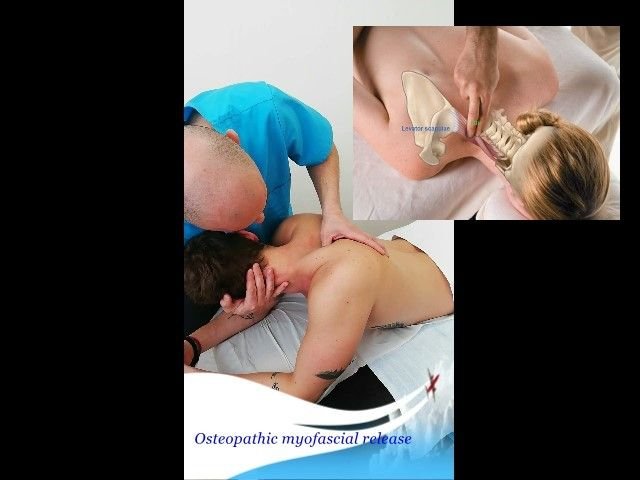
👇👇👇 Severe acute neck pain with radiated pain down to the left arm. (Cervical spine dysfunction, with positive test for discopathy. Along with brachial plexus syndrome and radial nerve radiculopathy)
👇👇👇
A few months ago we booked an appointment with Marco Pasolini an Osteopath in Fulham to see if he could help my wife. For nearly 3 months she had a strong pain to her left arm, neck and shoulder. Before meeting Marco she had tried nearly everything to reduce the pain and find a solution. Despite the prescriptions of the GP and the doctors in the Hospital and different pain killers her pain was getting worst and worst. She couldn’t sleep and she was crying all day long because of the pain.
After the first session with Marco her pain decreased by 30% and after the fifth treatment her pain disappeared completely.
Now after a few months she never had any issues with her neck and with her left arm and shoulder.
We found Marco very professional. He gave us a proper diagnosis, he also gave us a lot of useful advice on what to do and what not to do in order to reduce the pain in a natural and effective way. His advice on how to manage the cause of the pain to avoid it to come back again made a real difference on my wife’s life.
We strongly recommend Marco as osteopath
Here below our explanation...
Some individuals suffer with neck pain that could end up radiating down into the arm and the shoulder. Most of the time, this pain is caused due to an injury near the spinal nerve root. This type of injury is often called a pinched nerve (radiculopathy). But it can also be called a trapped nerve. Individuals with a disc problem in the neck often have disc degeneration or a herniated disc. Individuals with a herniated disc will often have weakness in the disc's outer wall. Those with degeneration have a disc that is broken down. Common risk factors include poor posture, repetitive forward neck bending, auto accidents, elderly patients, and high-impact sports.
Cervical Radiculopathy Anatomy Numerous important structures are in the neck. The spinal cord, esophagus, trachea and large blood vessels all run through the neck. Seven stacked bones are within the neck. The column of bones begins underneath the skull and goes all the way to the upper back. Inside of the spinal column, there is a tube for the spinal cord. This thick bundle of nerves begins at the base of the brain. Its job is to carry information between the brain and the body. The discs are between the vertebrae. They serve as a cushion between the vertebrae in the spine. All of the discs attach to the base of the vertebra above it and the one below it. Muscles and ligaments hold the column together. All of the structures work together to surround, support and protect the spinal cord. Other things can contribute to a trapped nerve. Most often the trapped nerve is pinched by a disc, but there are other things in the neck that can cause a trapped nerve. The disc is particularly susceptible to poor posture and forward neck bending. So be careful laptop, tablet and smartphone users! An MRI scan showing a cervical disc prolapse An MRI axial image scan showing which caused a pinched nerve a trapped nerve from a disc prolapse
Tips: • Poor posture and sitting for long periods at a desk are the biggest cause of a trapped nerve. • Sleeping badly can also trap a nerve, so make sure you have comfortable pillows and seek advice from your therapist about how many pillows to sleep with. • Those who participate in high-impact sports are at a far greater risk of getting a pinched nerve than other individuals. • An auto accident is one of the common contributors to cervical radiculopathy. • As you age, the chance of getting a pinched nerve continues to increase significantly. • Growing older means the bones deteriorate. Those who have osteoporosis are likely to end up with cervical radiculopathy. • Females who are going through menopause might find that their bones deteriorate and a pinched nerve can occur.